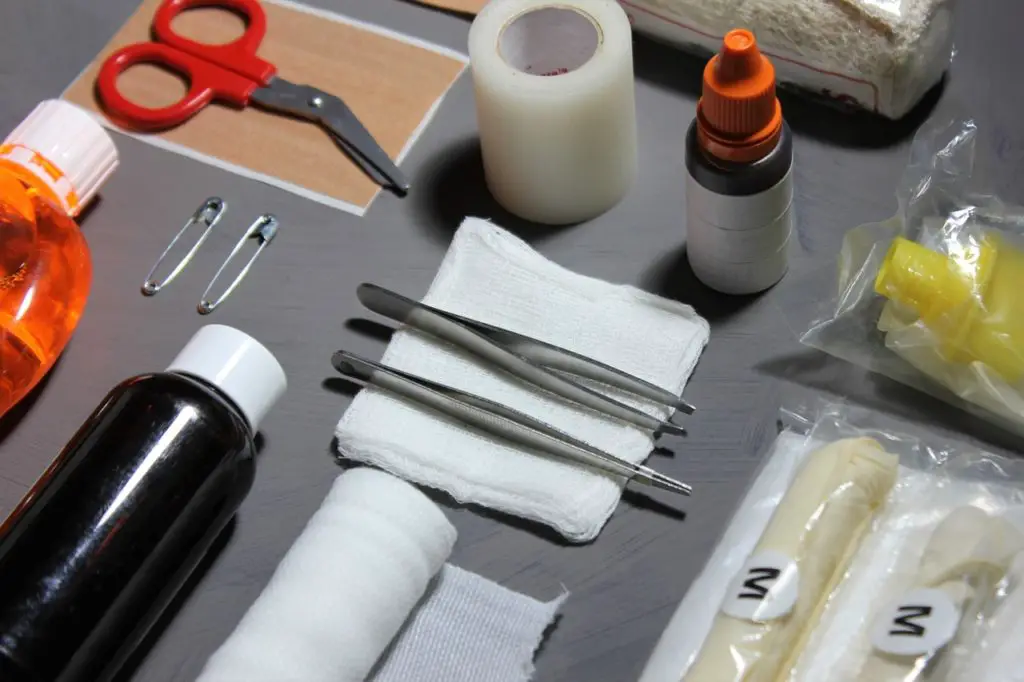You’ve come upon someone who is hurt or injured and determined that there isn’t an immediate threat to their life or your own (D.R.A.B.C.D. is a good way to remember how to assess a situation). Once you’ve gotten consent to help the person, the D.O.T.S. acronym is a good way to remember how to perform a secondary assessment of that person.
D.O.T.S. stands for:
- Deformities
- Open Wounds
- Tenderness
- Swelling
DOTS can be used by anyone to perform a physical assessment of the victim. You will want to be methodical and work from their head to their toes. Don’t just use your sight – use your touch, hearing, and smell to search for signs of injury. Remember to use personal protective equipment while doing the assessment.
Deformities
The “D” in DOTS stands for deformities. Deformities are usually associated with broken bones and fractures. Since you’re likely not familiar with the person, you can compare one limb to the other to look for abnormalities. You can also ask the injured person “does this looks normal”? You can also ask the person to move their limbs and wiggle their fingers and toes to help identify joint injuries.
Open Wounds
The ‘O” in DOTS stands for open wounds. Open wounds are any sort of break or cut to the skin that likely leads to bleeding. It might range from relatively mild wounds like abrasions and lacerations, to traumatic injuries like severe puncture wounds (from a foreign object) or even amputation. Severe bleeding can be life-threatening and is important to address this immediately. As you’re searching for open wounds, think about the need to protect the wound from dirt and possible infection. Again, don’t forget to wear PPE if the person is bleeding, even if it has to be improvised.
Tenderness
The “T” in DOTS stands for tenderness. Tenderness and pain are your body’s way of communicating with itself and an indication of injury. When performing your check, you may apply light pressure to areas of the body and watch the person’s face for wincing or signs of soreness. They may not be upfront about how much something hurts. Talk to them and ask what hurts, or if it hurts when you apply pressure or touch an area during the assessment. There is another acronym to learn if you’d like to really assess their pain: OPQRST.
Swelling
The “S” in DOTS stands for swelling. Swelling is defined by UMHS as an increase in the size or a change in the shape of an area of the body. Swelling can be caused by a collection of body fluid, tissue growth, or abnormal movement or position of tissue. It’s possible that you’ve discovered swelling while looking for deformities on the body.
Swelling can be indicative of a few things like an injury to a specific area (may be associated with bruising), inflammation, an insect bite, allergic reactions, circulation problems, or an infection under the skin.
Final Thoughts
The D.O.T.S. acronym is a simple way to remember what to look for when trying to determine what injuries a person might have. It may seem like common sense (which it mostly is) but in the confusion of an emergency, it can be easy to overlook parts of what would normally be a simple task.




